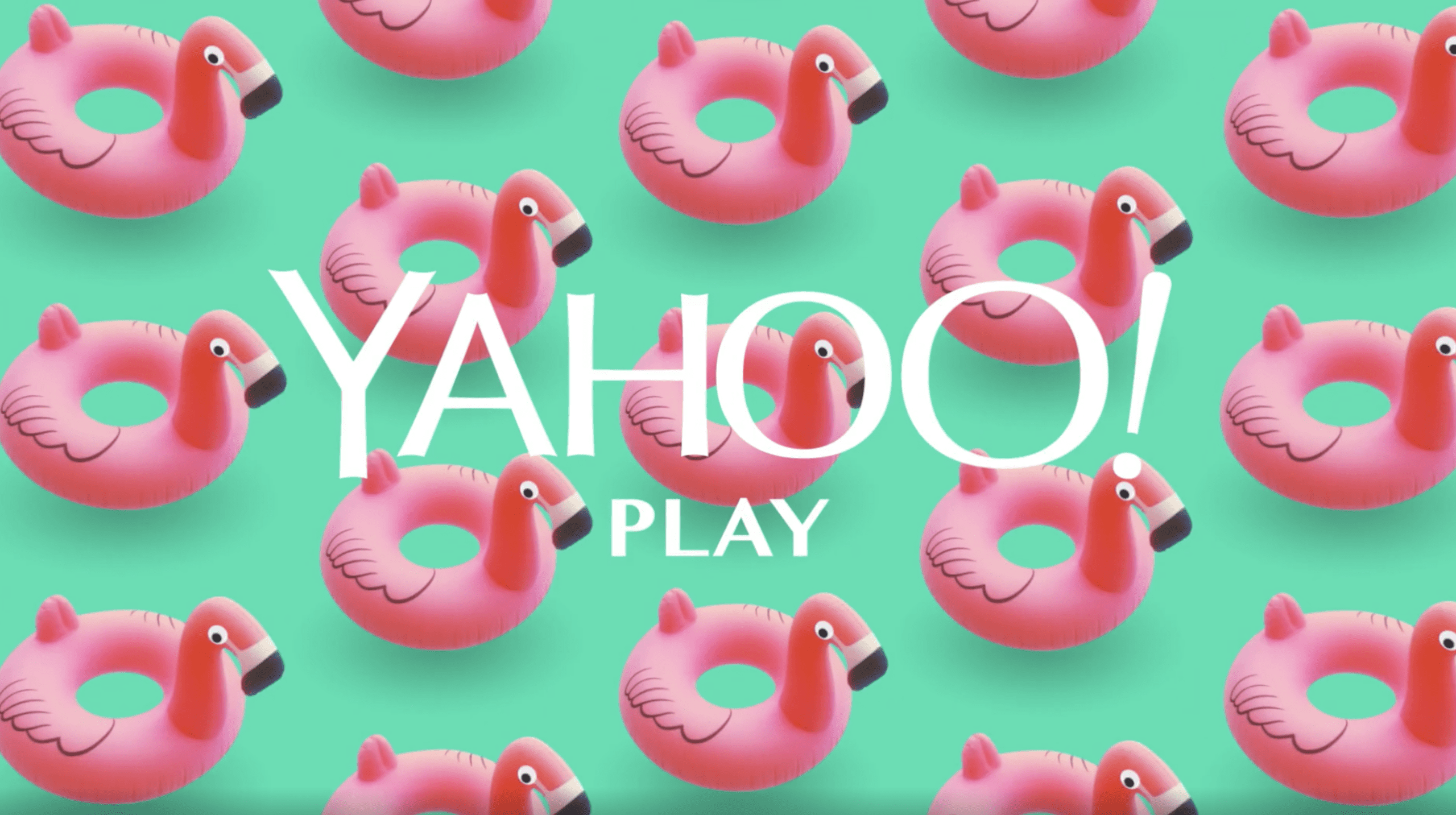Verizon Media (formerly known as Oath) is enduring a transition. But advertisers, especially business-to-business brands, should keep the company on their radar screens and be ready to act on some of the changes occurring at the subsidiary of Verizon Communications.
Verizon Media Shares Mixed News
In recent months, Verizon Media has been the source of difficult news, including layoffs and declining revenues. One piece of news we’ve been following and reacting to throughout 2019: the closing of the Oath Ad Platforms ad server in 2020. As Verizon Media told Adweek,
Following a strategic review of our business, we have decided to close the Oath Ad Platforms Ad Server, effective 2020. We are working with our customers to ensure they are supported as they migrate from the Ad Server platform. This does not affect our Oath Ad Platforms SSP business.
I see the shutting down of the Oath Ad Platforms Ad Server as good news for Oath customers. Advertising on the Oath Ad Platforms Ad Server means using the Yahoo! platform, which lacks strong functionality and uses dated features. With the shutdown of the Oath Ad Platforms Ad Server, your business will transition to Bing. This change is especially advantageous now that Microsoft organized its advertising products under Microsoft Advertising. The rebrand entails the launch of new features such as Sponsored Products and an enhancement of recently launched features such as Microsoft Audience Network, which is powered by artificial intelligence. Advertisers will be in a stronger position thanks to the stronger role Microsoft now plays.
A New Phase for Verizon Media
Meanwhile, Verizon Media is entering a new phase that includes the embrace of augmented reality and virtual reality, according to CEO Guru Gowrappan. In a recently published interview with Fortune, he said,
The biggest thing we’re investing in is 5G [the faster successor to 4G LTE mobile networks]. Every product is going to have an aspect of 5G. You’re going to have deeper integration of augmented reality and virtual reality.
We not just have front row seat and access to what is happening but we’re also building all of our apps, products, and content in that experience. So if you go to our Los Angeles office, we have the first 5G animation studio [Ryot Studios]. It’s brought down the cost of producing animation, and Ryot does a lot of AR content.
He also plans to integrate e-commerce with advertising more effectively, following the example set by Instagram. As he pointed out,
Let’s say you’re watching the Dallas Mavs and want to buy a jersey while you’re watching. We want to integrate commerce more deeply.
Also, the ad model itself has become combined with transactions. That’s what Instagram does. It’s advertising and sponsorships, but in the end, it’s enticing you to come in and transact on the platform.
These are bold statements for a company emerging from hard times, but the company understands that its previous game plan has been flawed.
What You Should Do
My advice to brands advertising on digital:
- Take stock of Verizon Media’s considerable publishing assets, such as Engadget, Huffington Post, TechCrunch, and Yahoo! According to Verizon Media, its publishing platforms deliver an audience of more than 1 billion people.
- Watch how Verizon Media evolves its ad products under Guru Gowrappan. He has made it clear that it’s no longer business as usual at Verizon Media. The possibility of ad products using AR and VR is exciting, but the more important near-term development is the integration of e-commerce with its ad products for businesses seeking a tighter integration between online ads and sales.
- Make sure you understand the impact of the demise of the Oath Ad Platforms Ad Server. Talk with your agency partner if you’re working with one. Ensure that you understand the role of Microsoft (which I see as a positive one).
As always, contact True Interactive if you need help navigating the digital landscape. We have deep experience with online advertising. We’re here to help.
